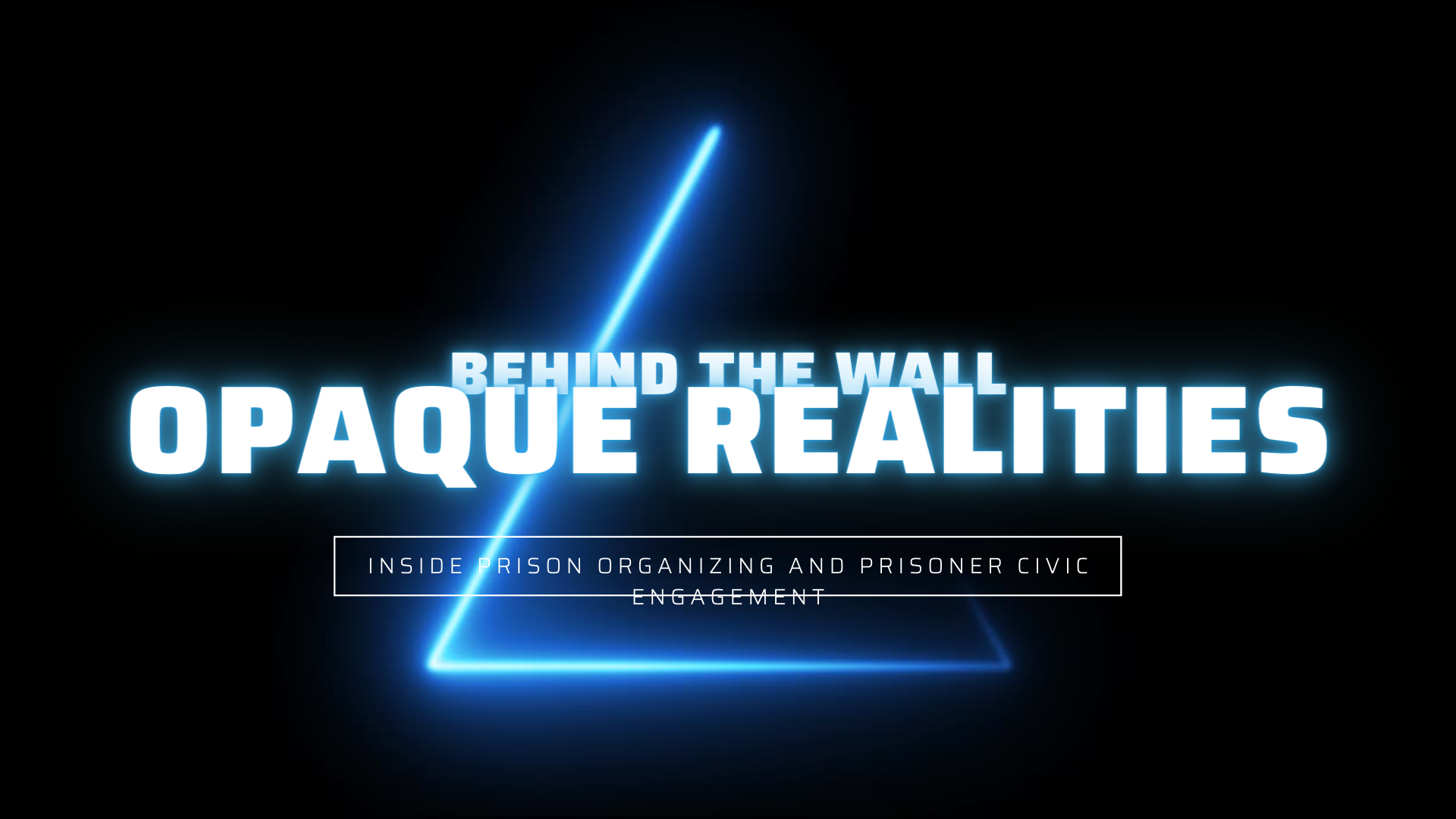Over the past few months I’ve had the privilege of collaborating with a small group of college students studying at Yale university during this Summer of 2022. Several Yale students responded to my request for support with developing a Digitized Archive of Incarcerated Reader Submissions that’ve mailed to SawariMedia over the past five years.
I began receiving masses of snail mail from people incarcerated across the country, and even overseas, after facilitating the 2018 demonstrations. With limited space for storage many mailings were discarded that didn’t make sense with the work I was focused on, legislative methods to incite change particularly around restoring voting rights. While there were many that SawariMedia There was no way for SawariMedia, as an individually run organization, to take action on every single proposal, business idea, school curriculum or written work.
Understanding that many of my readers don’t have strong networks on the outside who are dedicated, or even have time to spare, to share their work; over the years I’ve kept a file with those submissions that called for a larger audience, particularly op-ed articles, artwork and poetry. However these weren’t the only types of documents I saved, I also filed readers’ manuscripts for books, brochures sent advertising for inside-run programs and business services as well as narratives of individual experiences characterizing their prison conditions.
Without access to internet, incarcerated people struggle to receive and share messages. This is a condition maintained by the prison in order to distance incarcerated people from their communities and other potential support networks. It becomes difficult to advocate for change when people struggle to comprehend the elements in need of change. SM works to close that gap in understanding, enforced by opaque prison walls and restrictions on inmate correspondence. For the past five years we’ve done this through regular print publications provided at no cost to incarcerated subscribers.
However, with “snail mail” (postal letters) being the most reliable method of communication, mailroom staff have ultimate authority over what information enters and leaves facilities and often reject media with political information. SM has mailed thousands of newsletters to hundreds of prisons across over two dozen states and has kept a record of every single newsletter rejection sent to us from prison staff citing confusing reasons including “written on heavy/glass paper” , “affixed label” and even “mail with stamps”. These rejections demonstrate the lengths at which prison officials are willing to go in order to restrict access to new information. Going as far as to create policies that restrict the use of standard mailing supplies on mailed correspondence sent to incarcerated recipients.
In order to combat this over seven hundred paid intern hours were employed in order to digitize hundreds of printed snail mail letters, this task includes: reading, analyzing, scanning an organizing each individual file into subject categories as well as transcribing dozens of written narratives in order to make those pieces sent via mail available for public consumption. This has been done carefully in order to allow for those with interest in conditions behind the wall that lack in a direct connection through an incarcerated loved one, to experience those types of first hand accounts. Along with that, even those with incarcerated loved ones would benefit from accessing an archive of artifacts illuminating the experiences of imprisoned people across each region of the United States.
In order to celebrate this substantial development, the interns convinced me to put together a showcase, highlighting several pieces that were collaboratively selected. The archive, along with the showcase opens to registered viewers on August 8th, encourage your network to visit at the address below and access the archive at no cost throughout the month of Black August in honor of the many years of history that SM has been able to report on since the first, NoShackles Newsletter we produced in 2017: www.sawarimedia.press/showcase-signup/ As worldwide crisis has exacerbated the oppressive conditions of prison, we’ve archived those impacts as our subscribers have documented them. This archive is an effort to allow the conditions of prison to be accessible to those who may not otherwise have the ability to view the inclusions (not limited to) artifacts, narratives, testimonials and case details sent from a variety of facilities in several states across the US.
Though we’ve carefully selected hundreds of documents for the initial August launch, even more files are prepared to expand the archive over the following months. We hope it becomes a tool for advocates, scholars, legislators, journalists and even political officials in the future. In an attempt to maintain and expand this resource in September we’ll enable a method for viewers to make a regular contribution towards its development as well as the distribution of the newsletter. After reaching that goal, we will be able to add more files and categories for contributing archive viewers.
It’s SM’s mission to bridge the gap of isolation enforced by prison conditions by sharing resources like those posted in our bi-monthly reports. To build on that we look forward to connecting hardworking, impactfully positive readers with individuals and groups on the outside who may be interested in expanding the reach of prisoner led projects, legislation or campaigns proposed by people in prison. We stand on the understanding that incarcerated people have the experience required in order to implement liberative policies, curriculums, businesses and legislation. We hope this archive brings the larger of our society closer to that realization.

